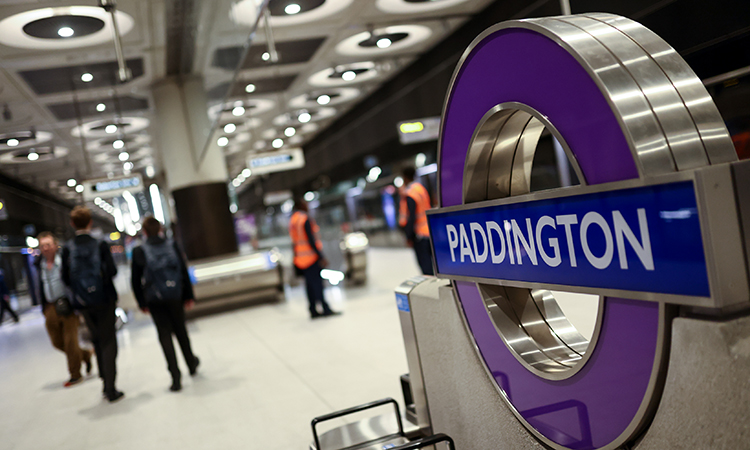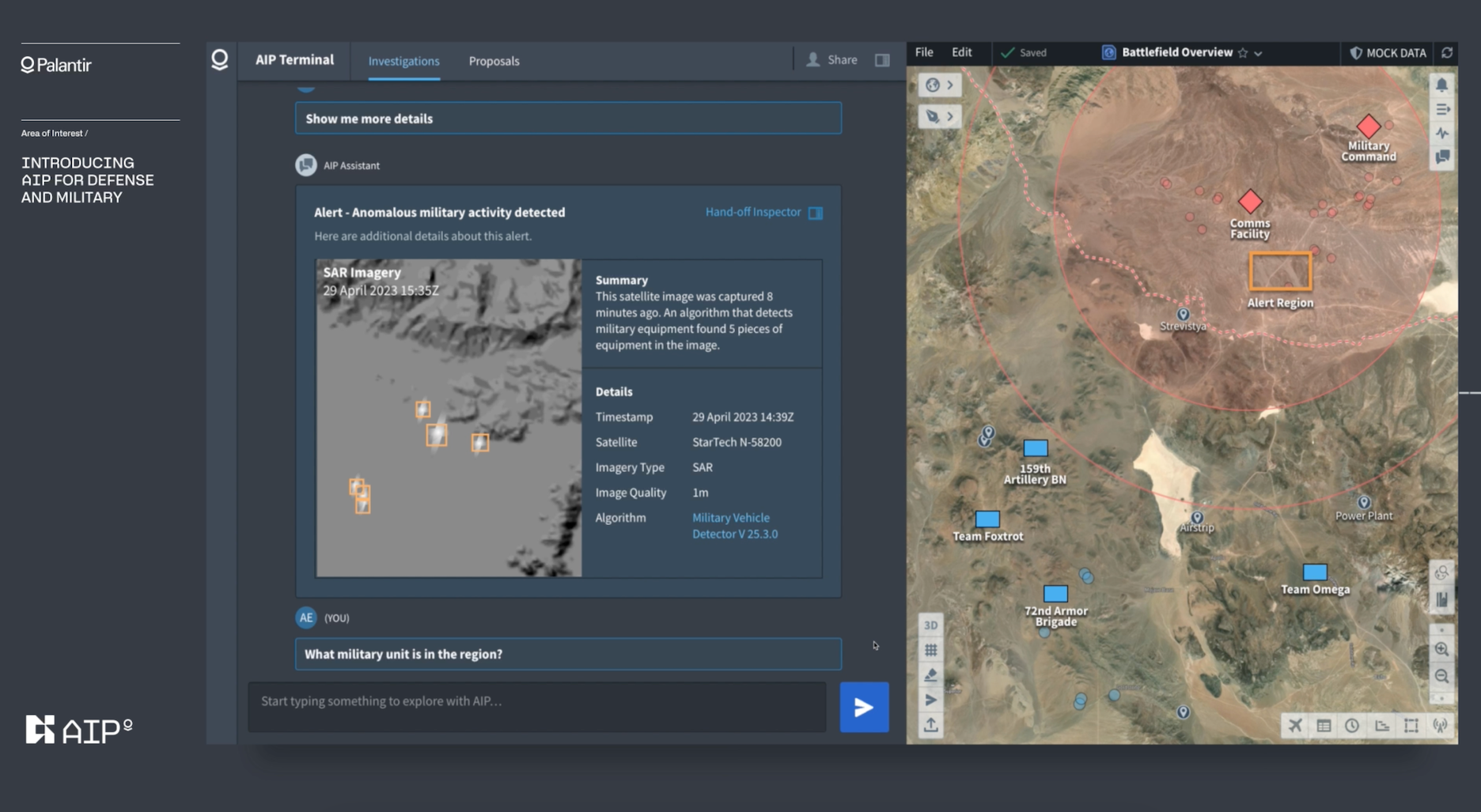Elizabeth Line: A Review Of Wheelchair User Experience And Gaps In Accessibility

Table of Contents
Station Accessibility: Navigating the Elizabeth Line in a Wheelchair
Physical access at Elizabeth Line stations presents a mixed bag for wheelchair users. While many stations offer step-free access, challenges remain concerning ramp gradients, lift reliability, and platform gaps.
Ramp Access and Gradient: A Slope Too Far?
The steepness and length of ramps at some stations pose considerable difficulties for wheelchair users, particularly those with limited upper body strength or those pushing heavy luggage or accompanying assistance dogs. The effort required can be exhausting, impacting the overall travel experience.
- Positive Examples: Bond Street station features well-designed, gradual ramps, offering a smooth transition.
- Negative Examples: Certain stations have ramps with steeper gradients and longer lengths, making them challenging to navigate. The impact on journey times is also notable, especially during peak hours.
- Comparison to Step-Free Access: While step-free access via lifts is generally preferred, the reliability of lifts (discussed below) makes ramps a crucial, albeit often challenging, alternative.
Lift Availability and Reliability: A Necessary but Unreliable Crutch
The number and functionality of lifts are crucial for wheelchair accessibility. Unfortunately, lift malfunctions are a recurring issue, impacting journey times and causing significant inconvenience.
- Instances of Malfunctions: Reports of lift breakdowns are common, leaving wheelchair users stranded and unable to access platforms. This necessitates reliance on alternative, often less convenient, routes.
- Waiting Times and Signage: Waiting times for lifts can be lengthy, particularly during peak hours. Clear signage indicating lift status and alternative routes is essential but often inadequate.
- Lift Size and Capacity: The size and capacity of lifts vary across stations. Some lifts are too small to accommodate larger wheelchairs or those accompanied by luggage or assistance dogs.
Platform Gap and Boarding: Bridging the Divide
The gap between the train and platform presents a significant challenge for wheelchair users. While boarding ramps are provided, their effectiveness and ease of use vary.
- Boarding Process Difficulties: The process can be slow and cumbersome, requiring assistance from station staff. The weight and maneuverability of boarding ramps can pose issues.
- Effectiveness of Boarding Ramps: The ramps themselves are sometimes difficult to deploy and secure properly, especially in windy conditions.
- Staff Assistance and Availability: The availability and efficiency of staff assistance vary greatly, highlighting the need for improved training and support.
Train Accessibility: The On-Board Experience
Once on board, wheelchair users encounter further accessibility considerations regarding space, information, and facilities.
Wheelchair Space and Securement: A Safe and Secure Journey?
The number and design of wheelchair spaces on Elizabeth Line trains are generally adequate, but securing mechanisms and passenger behavior impact the overall experience.
- Suitability for Different Wheelchair Types: While spaces accommodate various wheelchair types, the securing mechanisms are not always compatible with all models.
- Passenger Behavior and Obstructions: Passengers often obstruct wheelchair spaces with luggage or strollers, leading to congestion and discomfort.
Information and Communication: Clear and Accessible Announcements
Clear and accessible announcements and signage are vital for a positive journey.
- Audio Announcements, Visual Displays, and Tactile Information: While audio announcements are generally clear, visual displays and tactile information could be improved for better clarity.
- Readability and Multilingual Capabilities: Information should be readily legible and available in multiple languages to cater to diverse passengers.
Toilet Facilities: Accessible Restrooms Onboard?
The availability of accessible toilets on Elizabeth Line trains is currently limited or non-existent, presenting a significant gap in accessibility.
Gaps in Accessibility and Recommendations: Towards a Truly Inclusive Elizabeth Line
To achieve true accessibility for wheelchair users, significant improvements are necessary.
Staff Training and Support: Empowering Staff to Assist
Improved staff training on assisting wheelchair users is paramount.
- Methods for Improving Assistance and Communication: Role-playing scenarios, disability awareness training, and clear protocols for assisting passengers with disabilities are crucial.
Technological Enhancements: Leveraging Technology for Accessibility
Technology can play a significant role in enhancing accessibility.
- Potential Apps, Improved Signage, or Real-Time Information Systems: Real-time information about lift availability, platform gap sizes, and staff assistance could significantly improve the experience.
Accessibility Audits and Ongoing Monitoring: Continuous Improvement
Regular accessibility audits and ongoing monitoring based on user feedback are essential.
- Methods for Collecting User Feedback: Surveys, online feedback forms, and focus groups are invaluable tools for gathering user experiences and informing improvements.
Conclusion: Building a Truly Accessible Elizabeth Line
The Elizabeth Line represents a significant step forward in London's transport network, but improvements are crucial to ensure full accessibility for wheelchair users. Addressing the identified gaps in ramp access, lift reliability, platform gaps, and on-board facilities will create a truly inclusive and equitable travel experience for all. We urge Transport for London (TfL) to prioritize these recommendations and conduct thorough accessibility audits to guarantee a positive experience for all Elizabeth Line users, particularly those using wheelchairs. Continuous improvement of Elizabeth Line wheelchair accessibility is crucial for a truly accessible London transport system.

Featured Posts
-
 Predicting The Future Palantir Nato And The Transformation Of Public Sector Ai
May 10, 2025
Predicting The Future Palantir Nato And The Transformation Of Public Sector Ai
May 10, 2025 -
 The Troubling Trend Of Betting On The Los Angeles Wildfires
May 10, 2025
The Troubling Trend Of Betting On The Los Angeles Wildfires
May 10, 2025 -
 Un Incendie A La Mediatheque Champollion De Dijon Degats Et Consequences
May 10, 2025
Un Incendie A La Mediatheque Champollion De Dijon Degats Et Consequences
May 10, 2025 -
 Nl Federal Election A Voters Guide To The Candidates
May 10, 2025
Nl Federal Election A Voters Guide To The Candidates
May 10, 2025 -
 Exploring The He Morgan Brother 5 Theories To Identify David In High Potential
May 10, 2025
Exploring The He Morgan Brother 5 Theories To Identify David In High Potential
May 10, 2025
